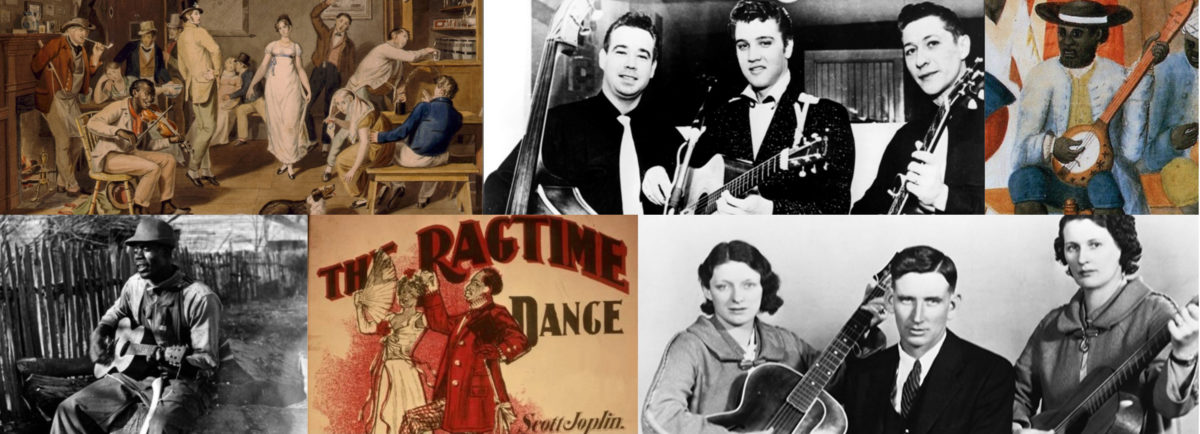Audio Investigation Slide
Young Ladies in Town: Audio Investigation Slide
-
- Click the link above to launch the slide.
- Click the media player in the bottom right corner of the slide to begin audio playback of the song.
- Invite students to respond to the following questions shown on the slide:
-
- What is the singer encouraging the “young ladies in town” to do
- According to the singer, how will they benefit if they take this advice?
- Why is the singer directing this advice to women rather than men?
-
Recommendations
This song is useful for introducing a lesson on the response of the colonists to the new taxes on numerous goods that were imposed by Great Britain to pay for the French and Indian War and how it affected the relationship between the mother country and the colonies.
If boycott is not already a vocabulary term that students know, the subject matter of the song illustrates the concept in action, and can be part of the discussion when sharing student responses. You can ask students to cite any contemporary boycotts that they might have heard of or even participated in, and whether such actions are likely to bring about the desired results. This can serve as a springboard to discussing the nature, effectiveness, and legitimacy of different forms of protest/civil disobedience as a means for people to express discontent with government policies as you introduce other events and concepts, like the harassment of tax collectors, the Boston Tea Party, and civil liberties.
The gendered nature of the benefits described by the singer (taking pride in the ability to make clothing, being perceived as fashionable, and winning attention from many suitors) provide an opportunity to touch on the expectations for and the status of women in the colonies. You may also want to ask students to speculate about whether participation in the Homespun Movement, as well as involvement in the First Great Awakening, would encourage some women to become more actively/directly involved in the movement for independence and supporting the war effort once the American Revolution started. You can then introduce the Daughters of Liberty and the role they played in the Homespun Movement and other colonial protests, and their contributions to the war effort, as well as other individual women who served as spies, and those who disguised themselves as men to serve in the Continental Army. You might also consider assigning students to research the activities of loyalist women, American Indian women, and African American women, and the impact that the war had on them.
Vocabulary
homespun – clothing made from plain, sometimes rough fabric produced using a spinning wheel and a loom; the fabric was typically either linen, wool, or cotton
brocade – rich silk fabric with a raised pattern, often in gold or silver thread
Bohea – pronounced boo-hee; tea made from leftover tea leaf scraps that was very popular with colonists (much of the tea destroyed in the Boston Tea Party was Bohea)
green Hyson tea – green tea favored by the colonists; taxed at a higher rate by the British
Labrador – herbal tea made from 3 species of wetland plants found in the colonies
Additional Resources
Primary Source Strategies
Printable worksheets with response prompts that guide students in analyzing songs as primary sources.

